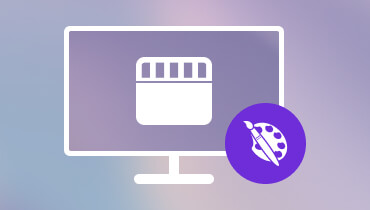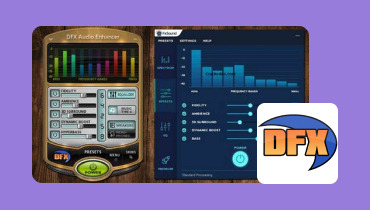Why & How to Upscale 1080P to 4K: 5 Assistants for You
1080p is sharp enough—or so you might think while watching TV. But switch the resolution to 4K, and you'll notice a dramatic visual leap. More natural, vivid details. Colors that feel closer to real life.
What if the video I'm watching is only available in 1080p? Don't worry—we've got you covered. This guide recommends five tools to help you upscale 1080p to 4K, including desktop software and online platforms.
No need to worry about not knowing how to use them—we've included step-by-step instructions for each tool.

PAGE CONTENT
Part 1. Why Choose 4K Over 1080P
While 1080p resolution already offers satisfying clarity and detail, 4K takes your video to an entirely new level. With four times the pixel count of 1080p, 4K delivers stunning sharpness, greater depth, and lifelike details that create an immersive, cinematic experience. By embracing 4K technology, you can make your content truly stand out and captivate your audience with exceptional visual quality.
The following section will introduce several tools that can help you upscale from 1080 to 2160 (4K) effortlessly.
Part 2. 5 Solutions To Upscale 1080P To 4K
Vidmore Vidhex
If you're searching for a smart tool that effortlessly handles upconverting 1080p to 4K, Vidmore Vidhex is undoubtedly a top contender.
This desktop-based AI video enhancement software works seamlessly on both Windows and Mac systems, combining resolution upscaling, color correction, image stabilization, and noise reduction into one powerful solution. Whether you want to enhance video clarity or restore image details, Vidhex accomplishes it in just a few steps. More importantly, it includes basic video editing tools like rotation, cropping, filter application, and watermarking, allowing you to seamlessly transition from quality enhancement to post-production editing on a single platform.
Key Features
- Upscales SD or 480p videos to HD, 1080p, or even 4K ultra-high definition.
- Automatically optimizes brightness, contrast, and color tone while intelligently correcting exposure issues.
- AI technology effectively removes background noise like human voices and wind sounds while preserving essential audio details.
- Automatically fixes shaky footage and out-of-focus issues for smoother, more natural-looking videos.
- Built-in editing tools for trimming, rotating, stitching, and adding effects enable flexible and convenient editing.
Pros
- Simple operation allows even beginners to get started quickly.
- Includes multiple AI models for intelligent enhancement tailored to different video types.
- Supports up to 4K resolution output for detailed and lifelike visual effects.
Cons
- Some advanced features require a subscription to unlock.
How to use this 1080p to 4K upscaler:
Step 1. Download and install Vidmore Video Enhancer on your computer, then open it to access the main interface.
Step 2. Click Add File to load the video or videos you’d like to improve.

Step 3. Select Enhance from the top menu to open the editing panel. Under the Enhance tab, pick the enhancement options that fit your needs.
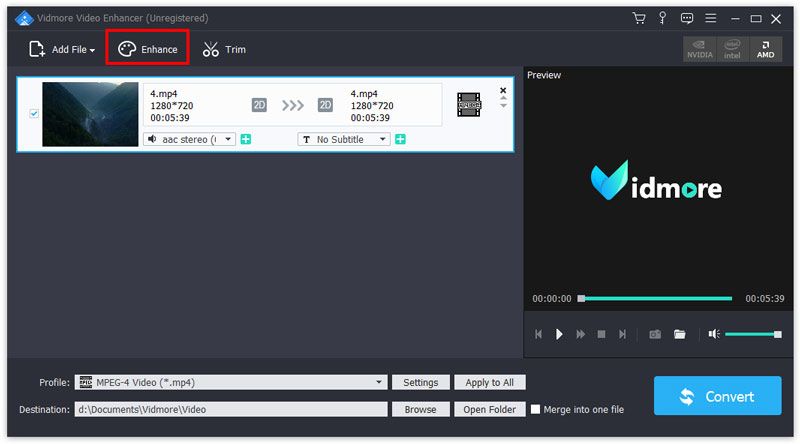
Step 4. From the Profile dropdown, select your preferred output format.
Step 5. Click Browse to choose where to save the file, then hit Convert to begin processing.
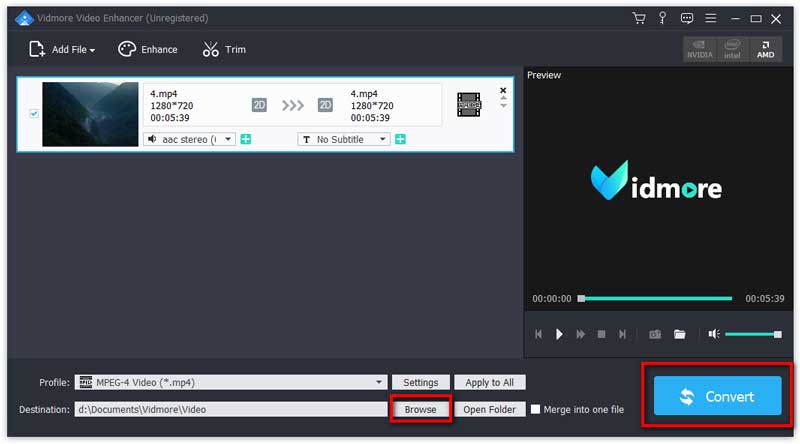
CapCut Free Online AI Video Upscaler
If you want to skip downloading and installing software and instead effortlessly transform blurry footage into crystal-clear video right in your browser, we recommend CapCut Free Online AI Video Upscaler.
This AI-powered online video enhancer intelligently identifies image details, restoring and optimizing each frame individually to achieve upconverting from 1080p to 4K. It effectively removes noise and blur while preserving maximum original detail, ensuring enhanced quality without any loss of content.
Notably, this tool is completely free to use—no downloads, registration, or additional fees required.
Pros
- Directly accessible online with simple operation.
- Supports quality enhancement for multiple video formats.
- Built-in filters, preset effects, and color grading tools.
- Free to use with no hidden fees.
Cons
- Editing features are relatively basic.
How to upscale 1080p to 4K using CapCut Free Online AI Video Upscaler:
Step 1. Go to the CapCut website. You can start using it online for free or download the app to your device.
Step 2. Launch CapCut, click Media, and upload the video you want to enhance.
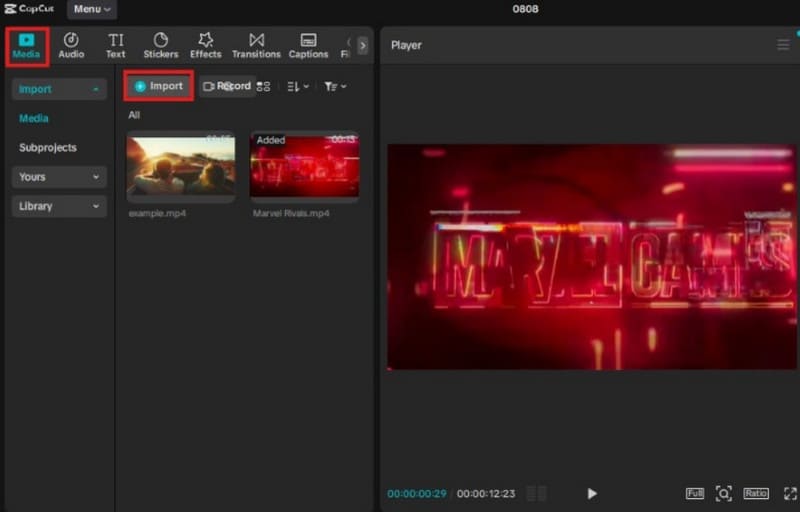
Step 3. Head to the Effects section and search for upscaling. Choose from options like 4K HDR or Strong Sharpen, then apply one to your video.

Step 4. Tweak the effect settings for better results, then play the video to preview the enhanced version.
Step 5. Click Export in the top-right corner. Choose your desired resolution and save the upscaled video.

Adobe Premiere Pro
When it comes to video enhancement, you might wonder: Can the industry standard—Adobe Premiere Pro—handle it? Absolutely.
First, it already handles all aspects of clarity enhancement.
Now, it introduces AI video enhancement. Whether you prefer manual fine-tuning or one-click AI assistance, Premiere Pro can repair blurry areas and output crisp, natural 4K footage.
Note, however, that Premiere Pro's interface is relatively complex, requiring beginners to invest time in learning.
Pros
- Professional-grade AI enhancement and 4K upscaling.
- Combines manual and intelligent editing.
- Handles large projects reliably.
Cons
- Steep learning curve; less intuitive operation.
- Demanding hardware requirements; may lag or crash with insufficient performance.
Step 1. Import your video into the timeline. In the Project panel, click New Item > Adjustment Layer. Drag it above your clip and extend it to match the video length.
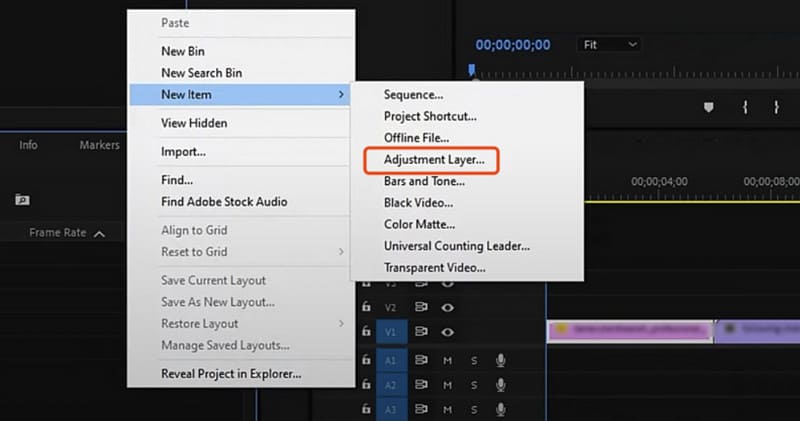
Step 2. Open the Effects panel, search for Unsharp Mask, and drag it onto the Adjustment Layer. Adjust the settings to enhance clarity and ensure better quality before upscaling.
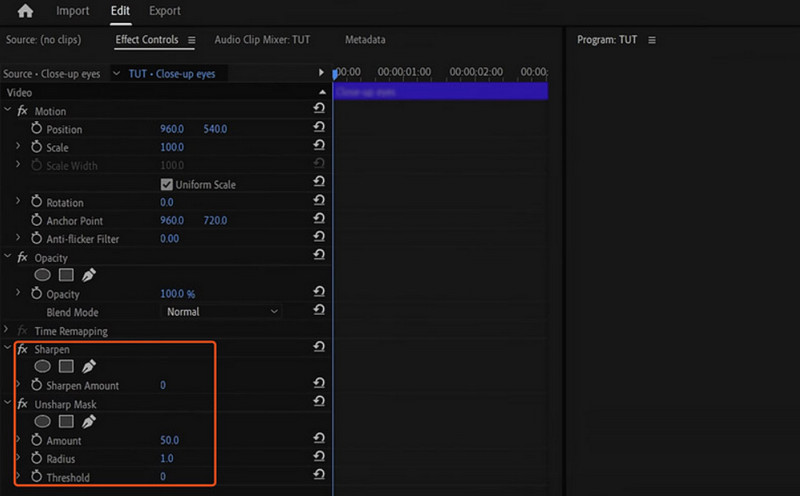
Step 3. Create a new sequence with your target resolution. Add your video, select it in the timeline, then go to Effect Controls > Scale and increase the value until the video fits. Alternatively, right-click and choose Scale to Frame Size.

Step 4. Check the video for detail and apply additional sharpening, noise reduction, or color correction as needed. When exporting, make sure the output resolution matches your sequence and enable Render at Maximum Depth for best quality.
FFmpeg
Are you surprised to see FFmpeg here? Yep, it's back again. This code-driven software seems to be a jack-of-all-trades—with the right commands, it can even enhance 1080p to 4K resolution. Free and open to Windows, Mac, and Linux users with no usage restrictions, FFmpeg's biggest strength is its versatility.
Pros
- Versatile. Can handle numerous video and audio editing tasks.
- Completely free.
- Open-source, compatible with Windows, Mac, and Linux.
Cons
- Complex to use.
- Requires command-line input. Users without prior knowledge may find it confusing.
Step 1. Go to ffmpeg.org and download the version for your system.
To confirm installation, open Termina and type ffmpeg -version. If version info appears, you’re ready to go.
Step 2. On Windows, search for cmd or PowerShell and open it.
On Mac/Linux, open Terminal.
Step 3. Type cd, add a space, then paste the folder path where your video is saved
For example, C:UsersMyVideos) and press Enter.
Step 4. Type the following command (replace the file name with your own):
ffmpeg -i my_video.mp4 -vf scale=3840:2160:flags=lanczos -c:v libx264 -preset medium -crf 23 -c:a copy output_4k.mp4
Step 5. FFmpeg will show progress as it works. Once it’s done, your new 4K upscaled video will appear in the same folder as the source file.
Topaz Video AI
The final contender is a versatile video enhancer. Topaz Video AI is renowned for its powerful detail restoration and noise reduction algorithms, excelling particularly at upscaling older videos, landscape footage, or portraits from 1080p to 4K.
Topaz's AI model analyzes each video frame individually, intelligently removing noise while preserving authentic textures and details to deliver a natural, smooth visual outcome. Additionally, it supports batch processing, enabling simultaneous quality enhancement, special effects application, light editing, and color optimization.
Pros
- Exceptional detail restoration and noise reduction capabilities.
- Logically structured user interface.
- Batch processing support.
Cons
- Relatively high software cost.
- Demands high GPU and CPU performance.
Step 1. Download and install Topaz Video AI from the official website. Launch the program, then click Browse Video to load your source video.
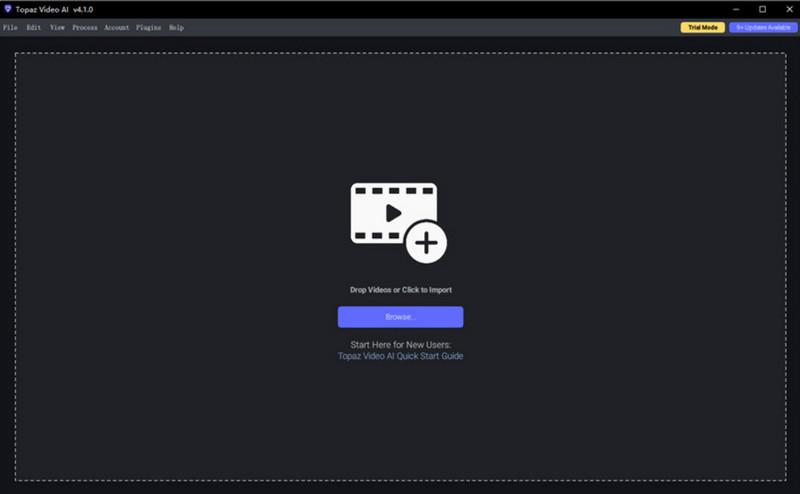
Step 2. With your videos loaded, go to the AI model section on the right. Choose a model that fits your needs for upscaling.
Step 3. In the Output Resolution section, pick a preset resolution or enter a custom resolution.
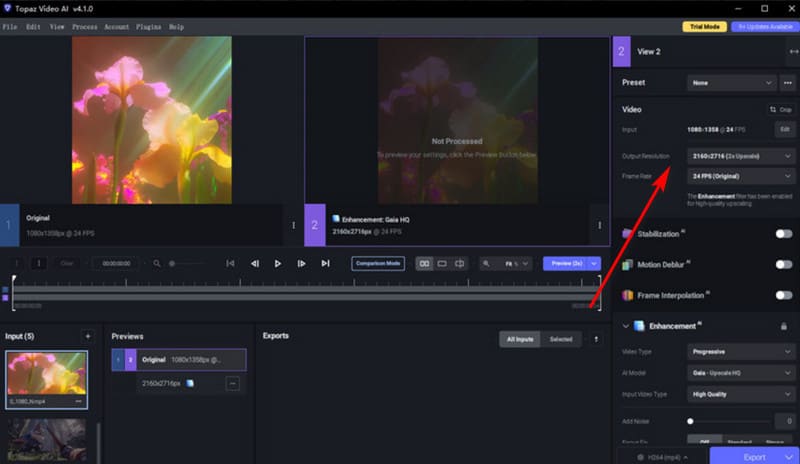
Step 4. Use the preview pane to check your video before exporting.
Step 5. Choose your desired output format, set a save location, and click Save to start rendering the enhanced video. Your high-quality video will be ready once the process completes.

Part 3. FAQs of Upscaling 1080P to 4K
Does upscaling to 4K really work?
Yes. 1080p vs 4K? Definitely 4K.
While the results won't match native 4K footage perfectly, visual clarity and detail will significantly improve—especially noticeable on larger screens.
What is the best upscaler for 1080p to 4K?
Based on user experience and feature comprehensiveness, recommended tools include:
Vidmore Vidhex: Comprehensive features suitable for beginners and advanced users; Topaz Video AI: Excels at detail restoration; CapCut Free Online AI Video Upscaler: Free and convenient for online operation.
Is going from 1080p to 4K worth it?
If you want sharper video playback on large screens, use it for high-quality creative projects, or plan to upload it to platforms for display, upscaling is absolutely worthwhile. However, if the video is primarily viewed on small mobile screens, the improvement may not be as noticeable as on larger displays.
Conclusion
We constantly strive for the ultimate in visual effects, because even the slightest enhancement in detail and color can bring us immense visual pleasure.
Following the widespread adoption of 1080p, higher resolution in the form of 4K emerged. Many are now experimenting with upscaling 1080p to 4K to achieve works with preserved detail and more refined lighting. This article exists precisely for that purpose. Here, we present five capable tools, each with its own strengths. Paired with step-by-step instructions, we hope to help you efficiently complete all operations.

